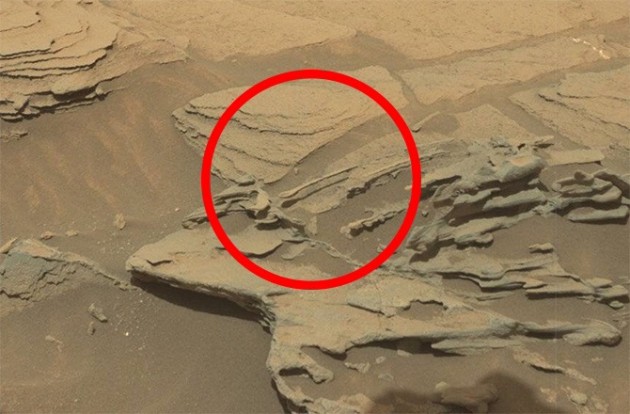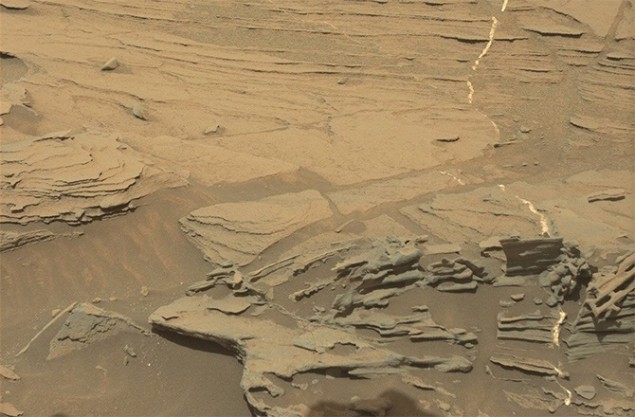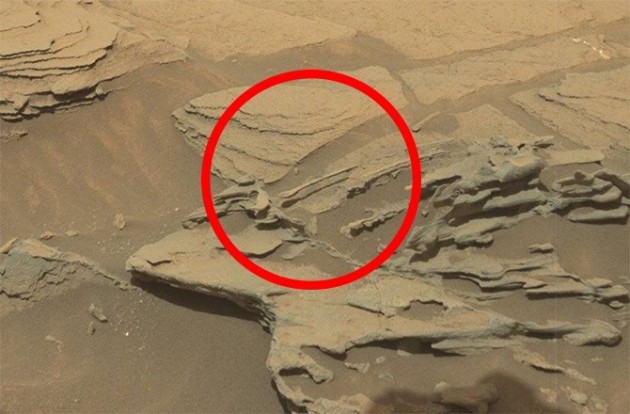
Did ancient life use wooden spoons on Mars?
The logical answer, however, is no – but the picture is still pretty awesome.
Pareidolia is a psychological phenomenon that makes our brains interpret some kind of random visual stimulus as a familiar pattern or object. A famous example of space pareidolia is the “Face of Mars”, where a mesa (a hill) in the Cydonia region of Mars had the pattern of a human face in early Viking spacecraft observations. Now we have high-resolution cameras in orbit about Mars, we have since proven that the face was nothing more than a product of some fortuitous shadows and psychological trickery.

On Earth, if the conditions are right, rocks, shaped by hundreds of thousands or even millions of years of wind erosion, can appear unnaturally balanced or shaped (such as Colorado’s Garden of the Gods or Utah’s Balanced Rock). But on Mars, where the atmosphere is thin, gravity is weak and other erosion processes are few, wind action can create even more elegant structures than on Earth. Aeolean processes (wind action) dominates Mars, producing everything from small dust devils to planet-wide dust storms. This windy activity creates vast dune fields and snaking valleys — it can also create tiny arches and overhangs, like this “spoon.”
Source: Discovery News
Originally posted 2015-09-18 15:18:17. Republished by Blog Post Promoter












